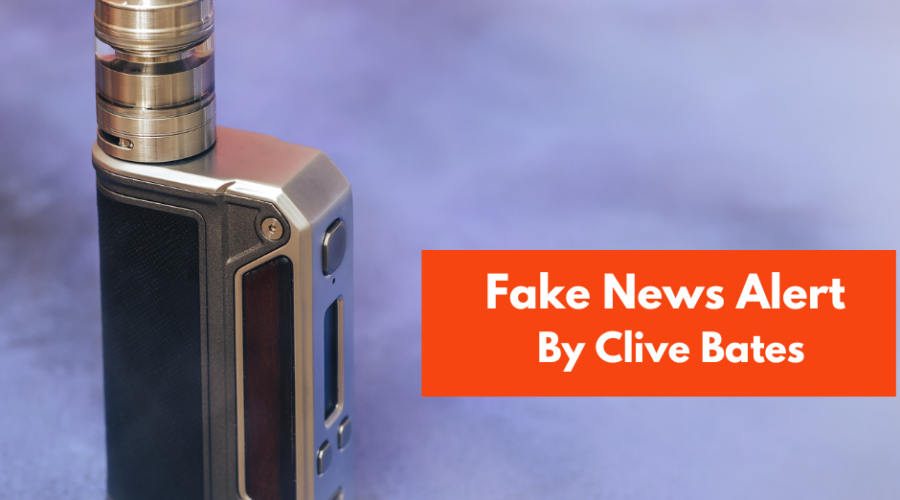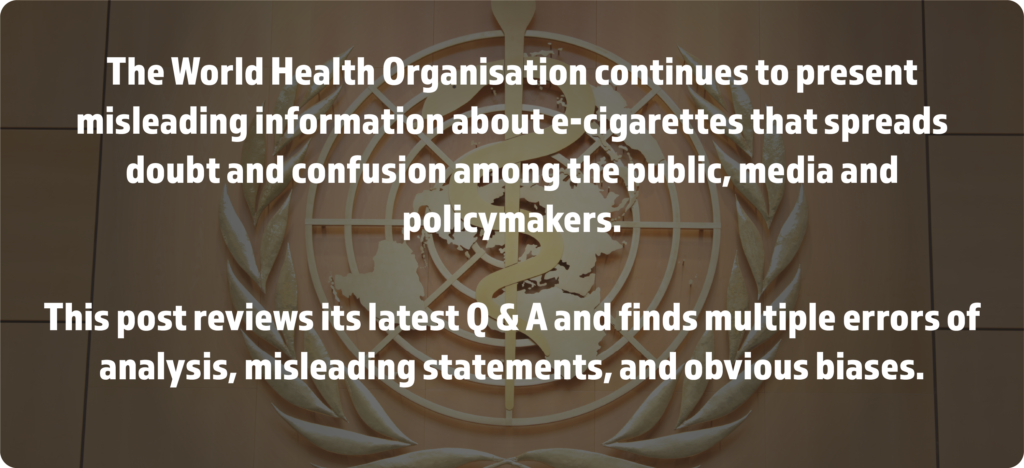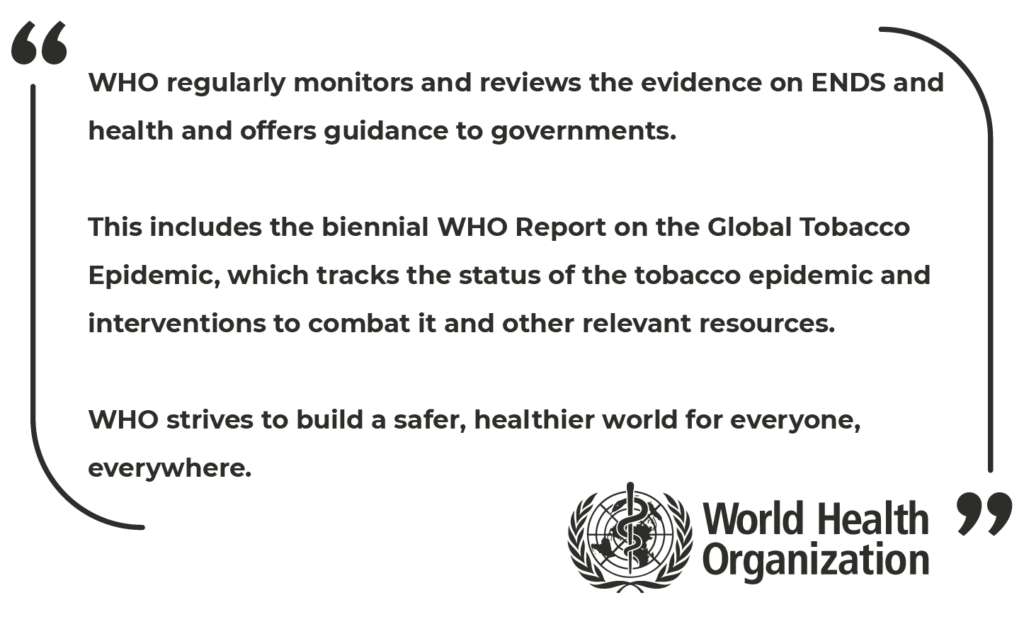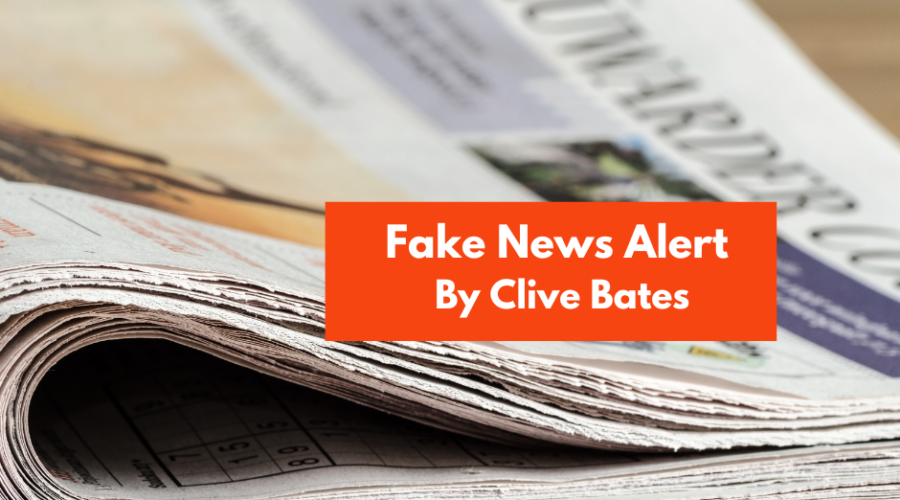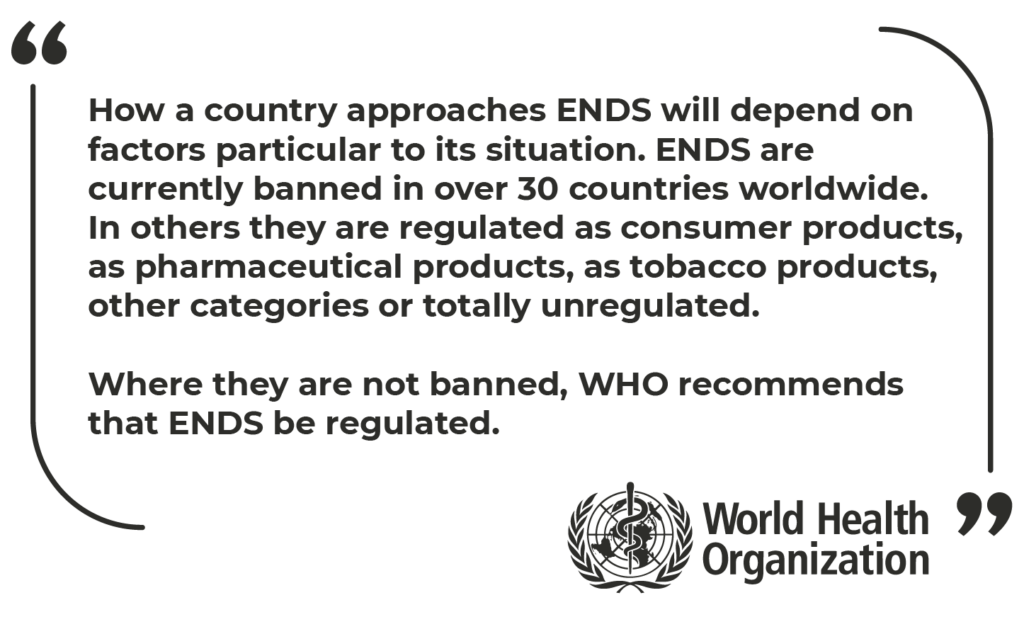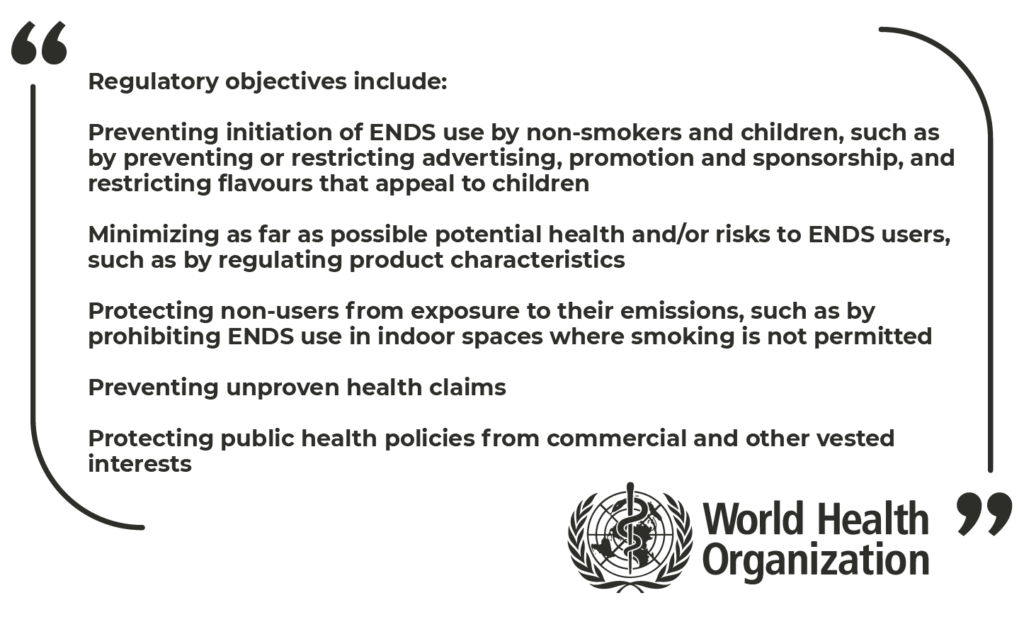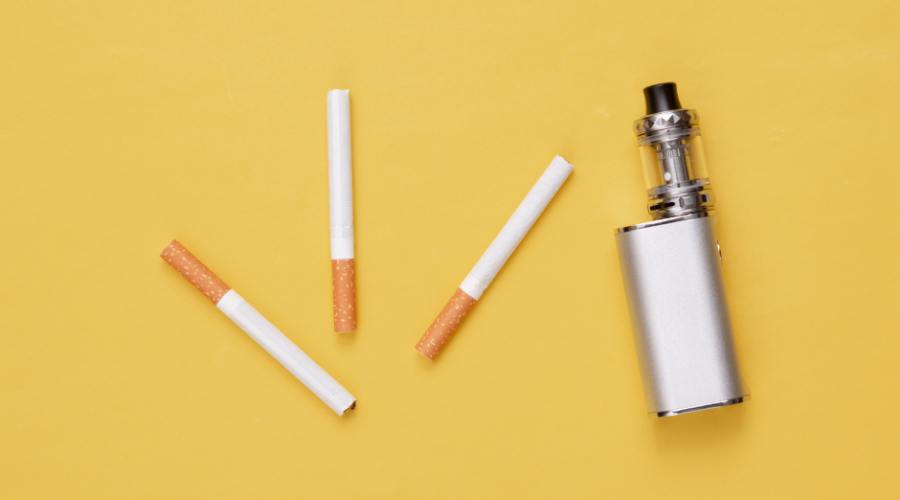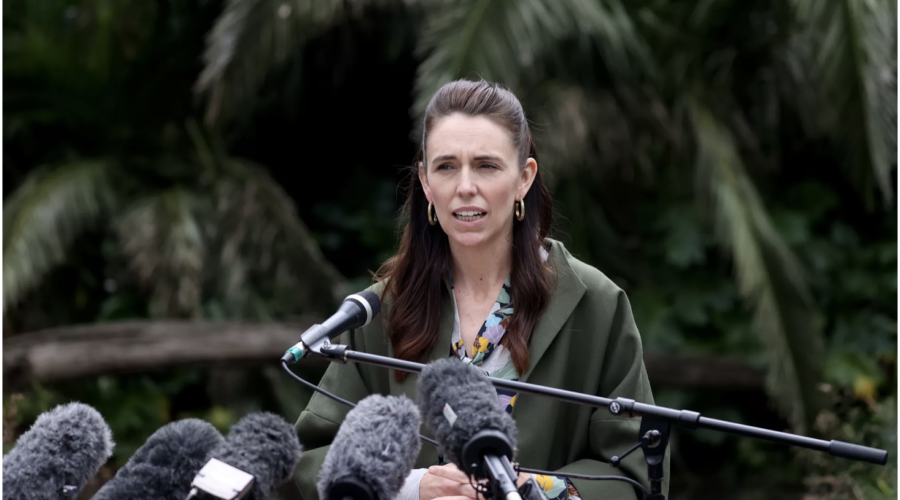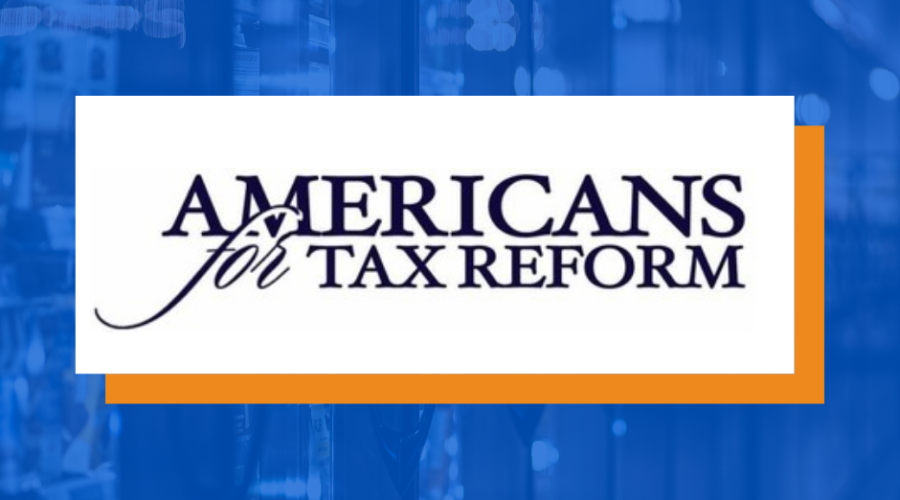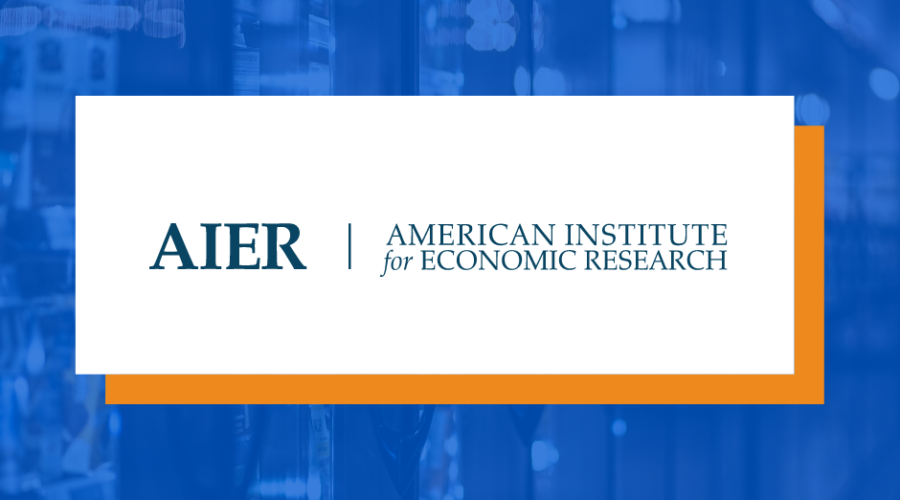End the vape ban
In a move that sent waves across South and Southeast Asia last week, Thailand’s Public Health Minister and Deputy Prime Minister Anutin Charnvirakul iterated that the importation and production ban on vaping products will continue, depriving Thai smokers of provable alternatives to quit.
Harm-reducing alternatives to combustible cigarettes, including vaping devices, heated tobacco, and oral pouches, provide nicotine in a less harmful fashion, according to most major health bodies, but the minister was insistent that the rising use of these products by young people was enough to warrant their continued ban.
While nicotine alternatives remained banned, the minister has been praised for his efforts to decriminalise cannabis products, and rightly so.
But the continued prohibition on nicotine alternatives such as vaping, however, is a dangerous path that removes opportunities for Thailand’s large population of smokers — currently estimated at nearly a quarter of the population, some 15.4 million people.
Read the full article here

